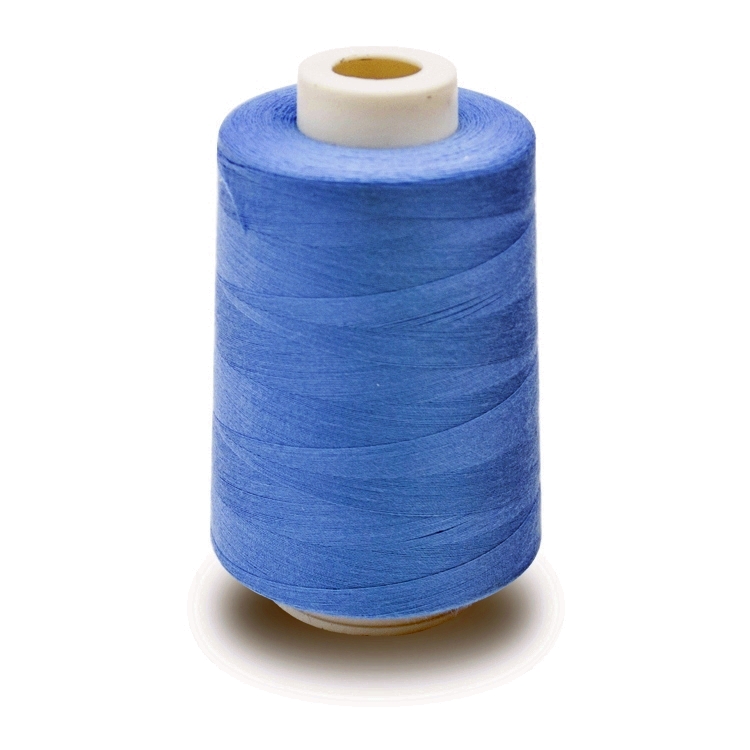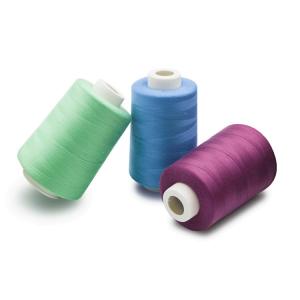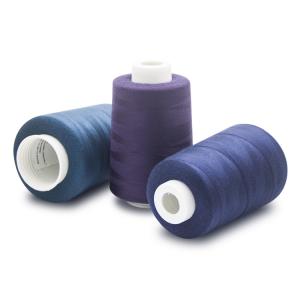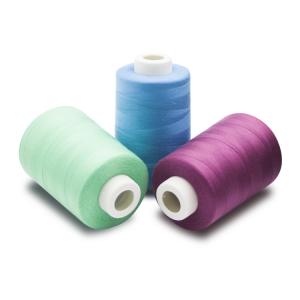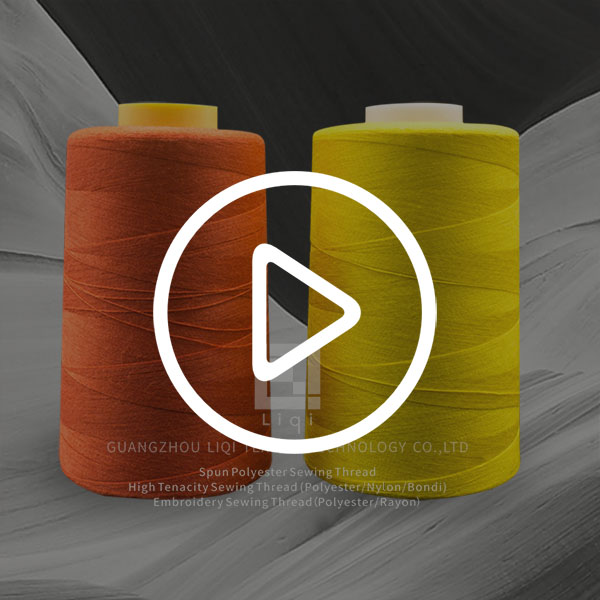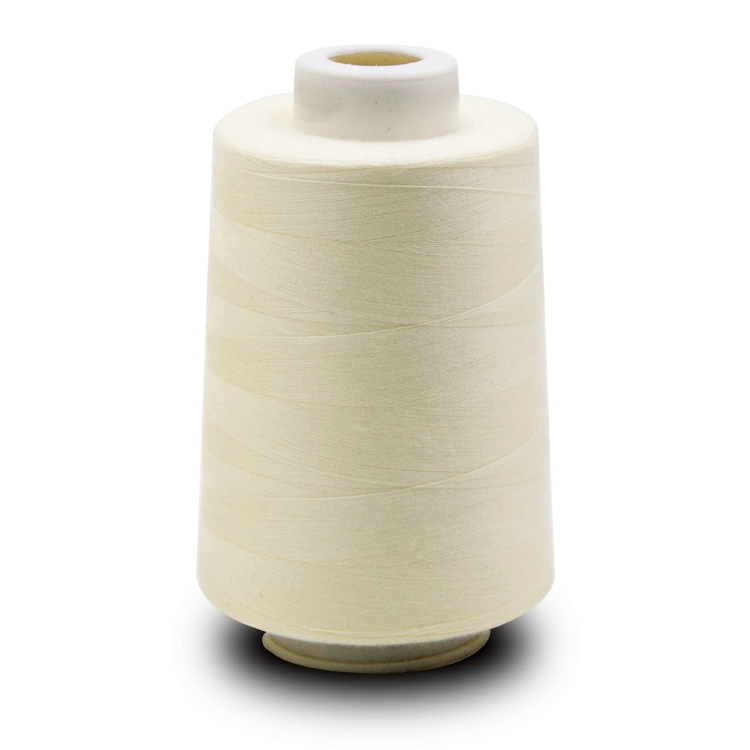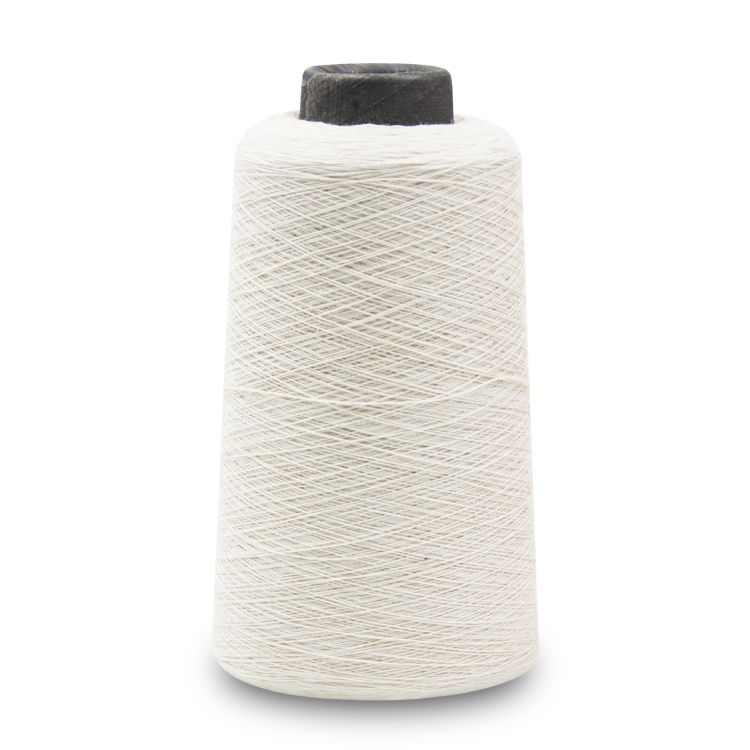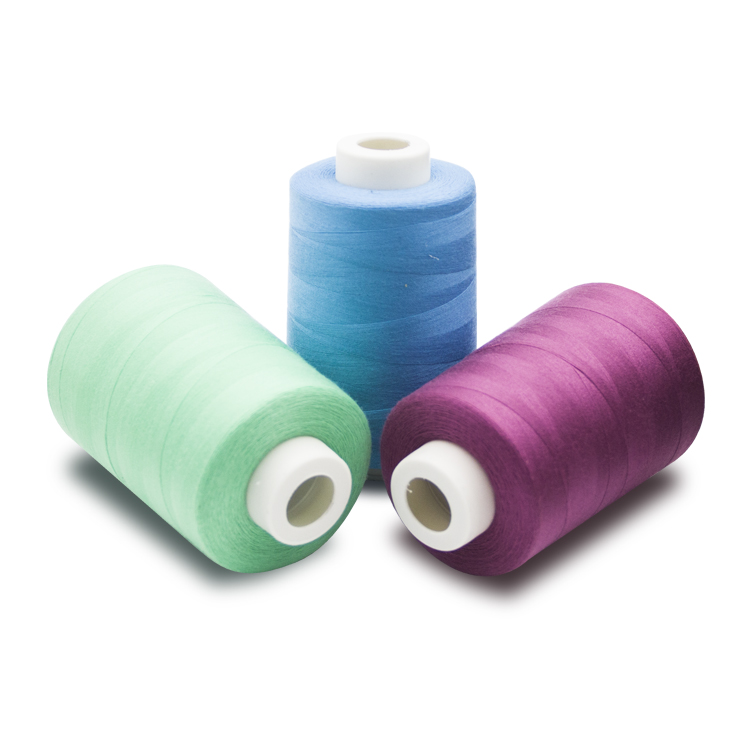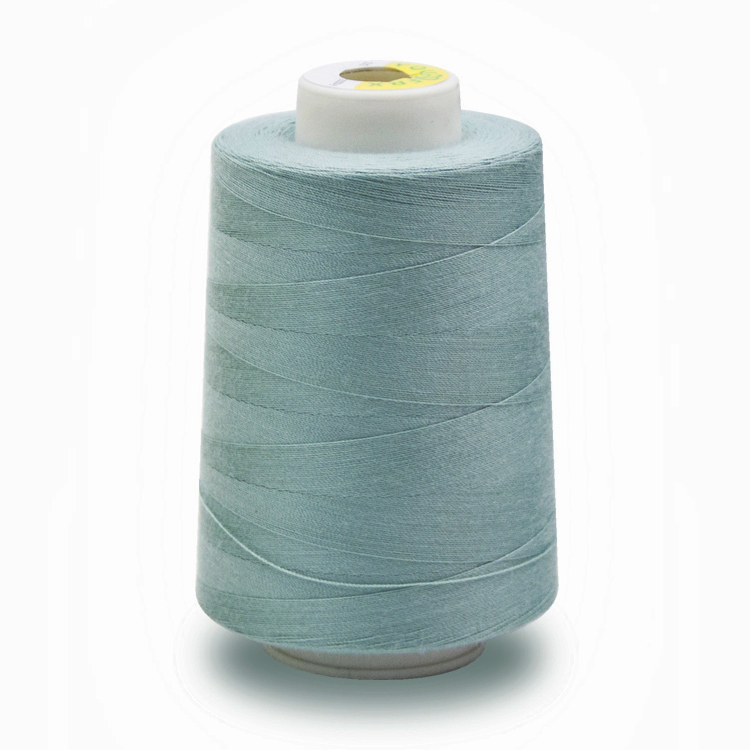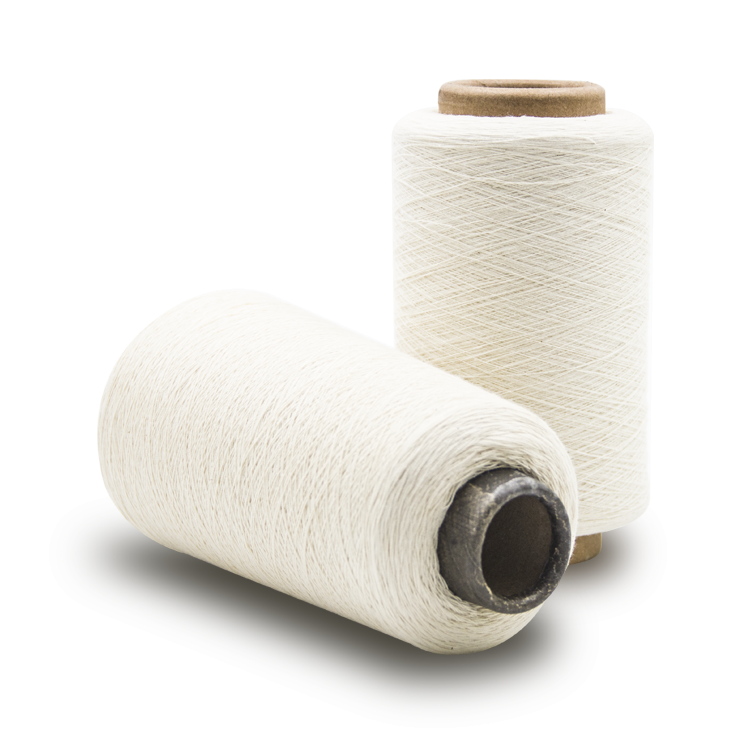Share to:
Related Products
High-Tenacity Multi-Color 100% Cotton Thread
LQ-0906
Price: From $0.43
Delivery time: 9-20 days after payment
MOQ: 500 KG
Cotton, as the main raw material of textile mills, accounts for 65% - 85% of the total cost of spinning mills. The properties of yarn are determined by the properties of fiber and the structure of yarn. Therefore, the quality of cotton fiber determines the quality of yarn to a certain extent. The length, fineness and maturity of cotton fiber, specific breaking strength, foreign and colored fibers, impurities and dense dew are the most important indexes to determine the quality of cotton yarn.
The influence of cotton quality on cotton yarn quality
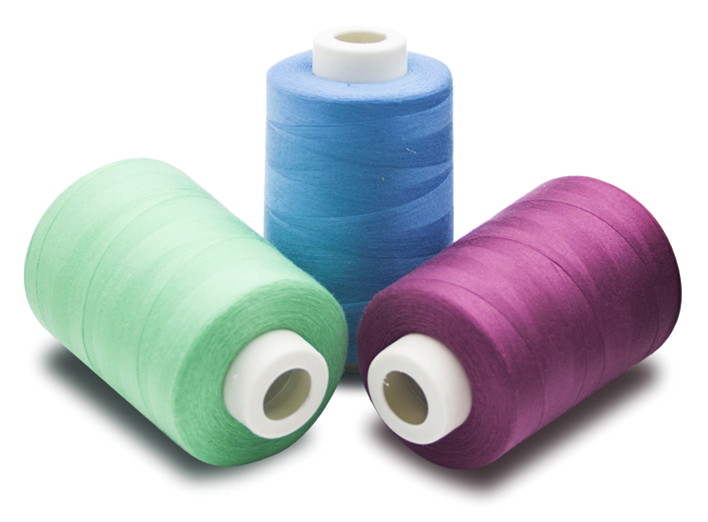
Cotton fiber length is an important index of cotton quality
The length of cotton fiber is also an important factor that determines the value of textile. The longer the fiber is, the higher the yarn strength is, and the lower the twist coefficient can be taken. During the spinning process, the fiber end is exposed less, the yarn surface is bright and clean, the hairiness is less, and the spun yarn count is thinner. Cotton fiber length is closely related to yarn strength. In the spinning process, the longer the fiber is, the smaller the proportion of slippage fiber will be when the yarn breaks, and the stronger the spun yarn will be. On the contrary, the shorter the fiber length is, which is not suitable to control in the roller length, will cause the yarn line drying and the increase of various unevenness, and will affect the yarn strength.
Cotton fiber fineness directly affects yarn quality
The fibers in the yarn are arranged randomly. The finer the fiber fineness is, the more the average number of fibers in the yarn section is, and the more uniform the yarn evenness is. If the fiber is not mature, though it is thin, its elasticity is poor. In the process of yarn formation, it is easy to form short pile and nep, which affects the yarn quality. But the toughness of the coarser cotton fiber is poor, which will increase the breakage of the cotton yarn and reduce the strength of the cotton yarn.
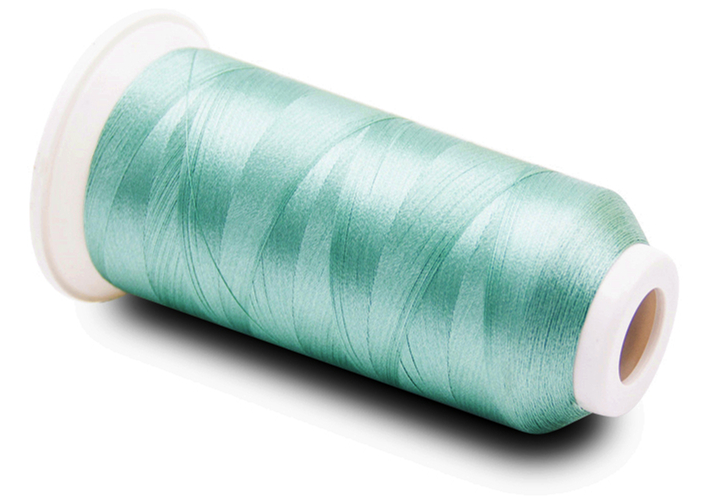
Maturity of cotton fiber affects neps, impurities, dyeing properties and strength of yarn
The cotton fiber with better maturity has less moisture absorption, better single fiber strength, better elasticity, more natural twists, good elasticity, good color and luster. It is not easy to be damaged in the spinning process. It is kneaded and entangled to form neps and filaments with less opportunities. It has good cohesion and spinnability, even yarn evenness, less defects and high yarn strength. The raw cotton with poor maturity has many defects, poor rolling quality and many neps. It is easy to twist and form neps in spinning, and impurities in raw cotton are easy to break in spinning process. In light dyed yarn, there will be streaks, spots and color differences due to poor or large maturity. Even if the yarn is dyed in dark color, due to the uneven color absorption, white stars will also affect the appearance quality of the yarn. When the maturity of the fiber is too poor, the strength of the fiber is low, the fineness is fine, the elasticity and toughness are poor, and the kink is easy to form in the spinning process, which increases the appearance defects of the fiber and the NEP impurities. However, if the cotton fiber is too mature, the number of fibers in the yarn cross-sectional area will be relatively reduced, which will also affect the yarn strength.
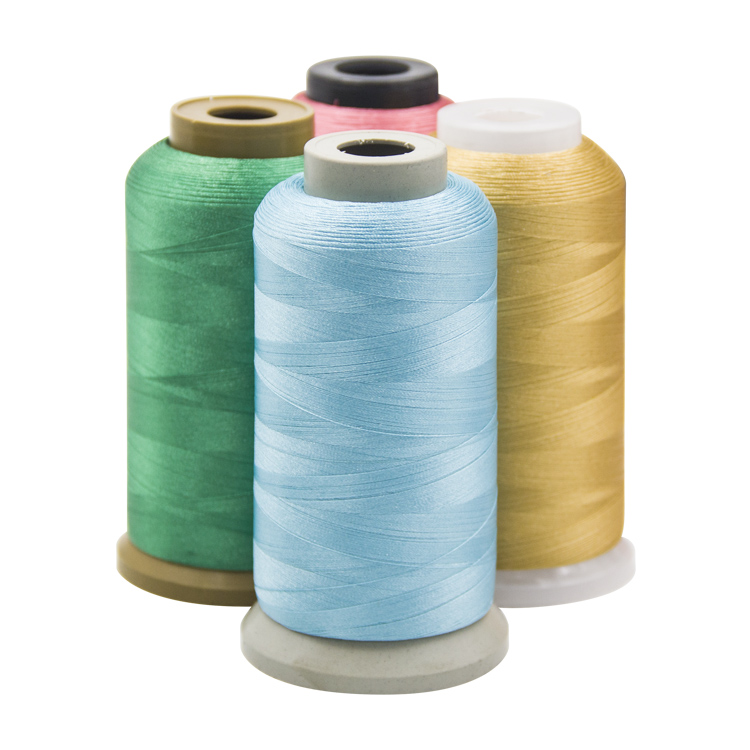
The quality of rolling process is also a factor affecting the yarn quality
It is difficult to comb and remove the yarn and neps, especially the tight ones. The neps and impurities of the yarn are increased.
Cotton fiber strength is an important index in spinning
When other conditions are the same, the higher the specific strength, the higher the spinning quality index,. When the fiber strength is low, it is easy to break in the spinning process, which increases the breakage rate and affects the yarn evenness. In addition, the cotton consumption is increased, the production cost is increased and the production efficiency is reduced.
The color fibers in cotton, such as chemical fiber, hemp, hair, nylon fiber and bag fiber, can cause single yarn breakage, coarse and detail yarn defects, forming a strong ring, which has a serious impact on yarn strength. Heterosexual fibers and colored fibers have the characteristics of fine, long and light, which are not only difficult to remove in the spinning process, but also easy to be broken into numerous small defects, and easy to form yarn defects during spinning. It is easy to form color defects in bleaching and dyeing, which seriously affects the quality of cotton yarn and fabric.


